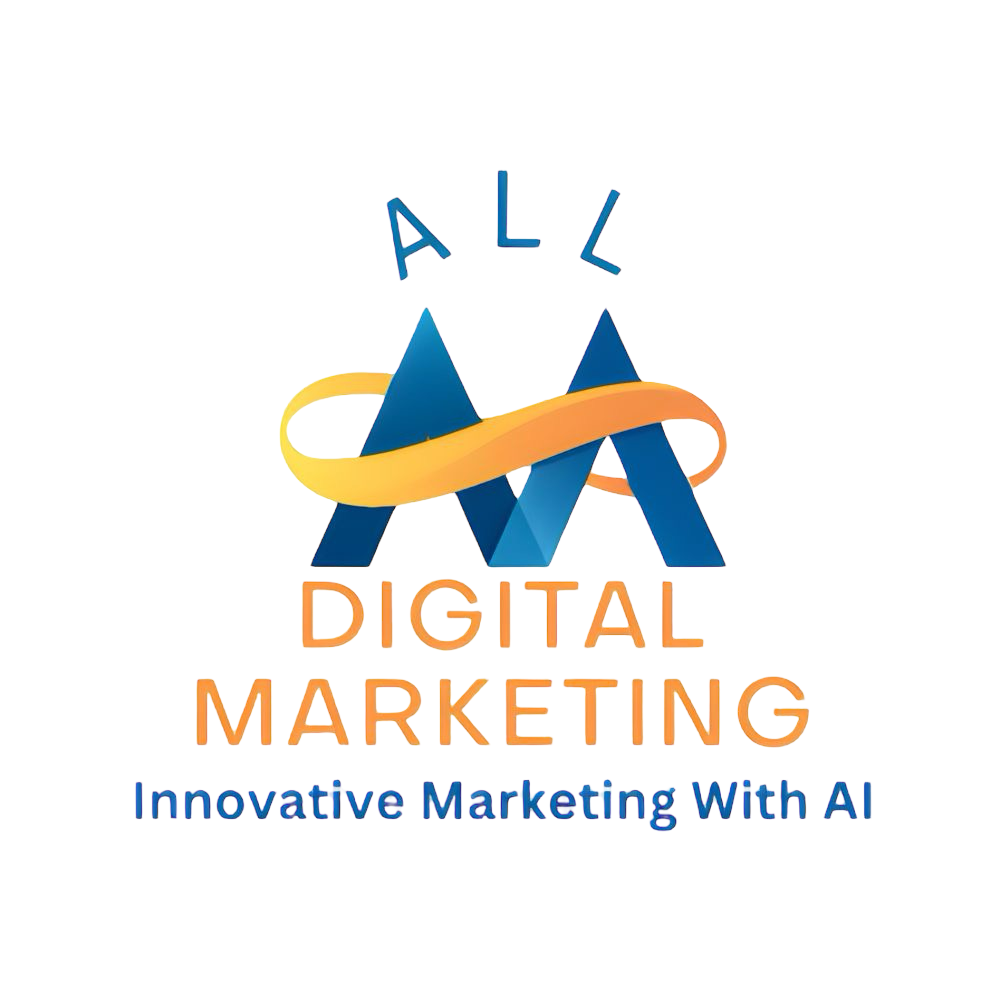Hey, imagine we’re grabbing a coffee at your favorite local spot, and you tell me your website’s getting fewer visitors, even though you’re doing everything right. What’s going on? Well, Google’s new AI Mode and AI Overviews are shaking things up, answering questions right on the search page so people aren’t clicking through to sites like yours. It’s like your shop’s sign is hidden behind a giant billboard! But here’s the good news: you can turn this challenge into a win. Let’s chat about what these AI tools are, why they’re cutting your clicks, and how you can create content that brings customers to your door, not just likes on a screen.
Key Takeaways
Google’s AI Tools Explained: AI Mode and AI Overviews give instant answers, reducing clicks but opening new opportunities.
Click-Through Rates Are Dropping: Optimize for local and branded searches to stay visible despite lower traffic.
Inspire Action: Use stories, emotional triggers, and urgency to turn searchers into customers.
Local SEO Is Key: Target local keywords to dominate your area in AI-driven searches.
Build Trust: Add testimonials and clear content to boost credibility and drive leads.
What Are Google AI Mode and AI Overviews?
Okay, let’s break this down like we’re still at that coffee shop. Google’s search is getting way smarter with two new features: AI Mode and AI Overviews. Here’s what they do:
AI Overviews: You search “best pizza in Austin” on Google, and instead of just a bunch of website links, you get a quick paragraph at the top listing top pizza spots, pulled from different sites. It’s like the barista giving you a quick rundown of the best menu items without you needing to read the whole board. These started in May 2024 and now show up in 42.51% of searches, up 8.83% from last quarter, according to Advanced Web Ranking. For example, if someone searches “best plumber near me,” they might see a summary of what makes a plumber great, like “fast service” or “fair prices,” right on Google’s page.
AI Mode: Now, this is like having a super-smart friend who not only answers your question but lets you keep asking more. It’s in beta for U.S. users since March 2025, powered by Google’s Gemini 2.0 model. Say you ask, “What’s the best family-friendly pizza place in Austin with vegan options?” AI Mode gives a detailed answer and lets you follow up, like, “Do they have a play area?” without starting over. It can even look at photos, so if you upload a picture of a restaurant’s menu, it might tell you if it’s kid-friendly. You can try it at google.com/aimode or a special tab in Google Search.
So, AI Overviews are quick snapshots, and AI Mode is like a chat with a know-it-all buddy. Both keep people on Google longer, which means fewer clicks to your site.
Why Are These AI Tools Reducing Clicks?
Let’s talk about clicks for a sec. When you search online, Google shows websites, and the percentage of people who click your site is called the click-through rate (CTR). If 100 people see your bakery’s link and 10 click, that’s a 10% CTR. With AI Mode and AI Overviews, fewer people are clicking because Google’s answering questions right there. Here’s how it works, with examples:
AI Overviews Grab Attention: Search “how to fix a leaky faucet,” and an AI Overview might list steps like “turn off the water, replace the washer” without sending people to your plumbing site. Ahrefs says this causes a 34.5% CTR drop for top-ranking pages. Amsive found a 15.49% average CTR decline for keywords with AI Overviews. For example, if your gym’s blog on “beginner workouts” gets summarized on Google, fewer people visit your site.
AI Mode Keeps Users Engaged: AI Mode’s conversational style means people can keep asking questions without leaving Google. If someone asks, “What’s the best coffee shop in Seattle for remote work?” AI Mode might list spots and let them ask, “Which ones have free Wi-Fi?” without clicking your café’s site. Carly Steven from Mail Online reported a 56.1% CTR drop on desktop and 48.2% on mobile for pages with AI Overviews, and AI Mode could make this worse.
A Silver Lining: If someone searches your business name, like “Tony’s Pizza Austin,” and it’s featured in an AI Overview, you could see an 18.68% CTR boost, per Amsive. So, being known by your brand name helps.
Different businesses feel this differently. Healthcare searches (like “flu symptoms”) get AI Overviews in 90% of results, while e-commerce (like “buy sneakers”) dropped to 4% coverage. If you’re a local business, like a florist or plumber, you need a plan to stand out.
Turning Fewer Clicks Into More Customers
Alright, fewer clicks sound scary, but you can still get customers. The trick is writing content that makes people want to reach out, not just read. Here’s how to do it, super simple with examples:
Talk to Your People
Write for the customers you want, not the whole world. If you’re a dog trainer in Denver, don’t just say, “We train dogs.” Try, “Got a hyper puppy driving you nuts? Our Denver classes make your dog a calm best friend.” This matches what people ask AI Mode, like “best dog trainer in Denver.”
Example: A bakery could say, “Need a Miami birthday cake that steals the show? We create custom designs for unforgettable parties.” This targets local, event-focused customers and boosts chances of appearing in AI results. Another Example: A yoga studio might write, “Stressed out in Chicago? Our beginner classes help you find calm and strength.” It’s specific and speaks to local searchers.Highlight Benefits, Not Features
Features are what you offer (e.g., “We sell organic flowers”). Benefits are what customers gain (e.g., “Brighten your home with eco-friendly bouquets that last longer”). A MarketingExperiments study shows benefit-focused content increases conversions by 25%.
Example: Instead of “Our HVAC service is 24/7,” try, “Stay cool all summer with our round-the-clock repairs.”
Another Example: For a tutoring service, say, “Help your child ace math and gain confidence,” not just “We offer math tutoring.”
One More: A pet store could write, “Keep your furry friend healthy with our premium, affordable food,” instead of “We sell pet food.”Tap Into Emotions
Use feelings like joy or relief to connect. A dentist might say, “Imagine smiling confidently at your next big event,” instead of listing services. This appeals to the desire for self-esteem.
Example: A coffee shop could write, “Start your day with a warm latte that feels like a hug,” tapping into comfort.
Another Example: A cleaning service might say, “Come home to a spotless house and feel the stress melt away.” BrightEdge found 68% of consumers trust businesses more when content feels personal.Add Urgency
Encourage action now with limited-time offers. CXL reports urgency boosts conversions by 30%.
Example: “Book your free roofing inspection by Friday—only 3 spots left to avoid storm damage!”
Another Example: For a spa: “Treat yourself to a massage this week—limited slots available!”
One More: A bakery might say, “Order your holiday cookies by Tuesday—only 10 orders left this season!”Show Social Proof
Customer reviews build trust. Include testimonials, like “Maria in Chicago says, ‘Their flowers made my wedding unforgettable!’” A BrightEdge study found 68% of people trust businesses with positive reviews.
Example: A plumber might add, “John from Portland says, ‘They fixed my leak in an hour—saved my basement!’”
Another Example: A café could share, “Lisa in Seattle says, ‘Their coffee makes my mornings amazing—best in town!’”
Tell Stories That Stick
Stories make your content pop, like a great tale over coffee. Instead of listing services, share a customer’s journey. For example, a landscaper could write: “When Lisa’s yard was overrun with weeds, she thought outdoor parties were a lost cause. We transformed it into a lush garden, and now she hosts barbecues every weekend.” This shows the benefit and makes readers picture themselves as your next happy customer.
Another example: A pet groomer might share, “Buddy the poodle was matted and shy. After one visit to our Dallas salon, he’s prancing with confidence.” Or, a dentist could write: “Sarah hid her smile because of crooked teeth. After our affordable treatment, she’s beaming at every event.” These stories stick in readers’ minds and make AI Mode or Overviews more likely to feature you. For instance, a search for “best pet groomer in Dallas” might pull Buddy’s story into an AI summary.
Optimizing for AI Mode and AI Overviews
To shine in Google’s AI-driven search, your content needs to be clear, local, and trustworthy. Here’s how, with beginner-friendly tips:
Use Question-Based Keywords: AI Mode loves answering questions like “What’s the best bakery in Chicago?” or “How do I find a reliable electrician?” Include these in your content.
Example: A blog titled “Why Chicago Loves Our Custom Cakes” could answer “What makes a bakery stand out?” with points like “fresh ingredients” and “fast delivery.”
Another Example: A plumber’s post could answer “How to spot a great plumber?” with “24/7 service” and “honest pricing.”Focus on Local SEO: Mention your city, like “Phoenix plumbing services,” to rank in local searches. Local keywords are less hit by AI Overviews’ CTR drop.
Example: “Top Phoenix Plumbing Tips to Prevent Leaks” targets local searchers.
Another Example: “Best Seattle Coffee Shops for Remote Workers” boosts local visibility.Keep It Clear and Structured: Use headings (like “Why Choose Us?”), bullets, and short paragraphs (2-4 sentences) so AI can easily read your content. Semrush found 75% of AI Overview links come from the top 12 organic rankings.
Example: Break a blog into sections like “Common Plumbing Problems” and “Our Solutions” with clear bullet points.
Another Example: A café’s post could have sections like “Why Our Coffee Stands Out” and “Customer Favorites.”Prove Your Expertise: Cite stats (like Ahrefs’ 34.5% CTR drop) and add testimonials to align with Google’s E-E-A-T (Experience, Expertise, Authoritativeness, Trustworthiness).
Example: Include, “Our Seattle café serves 500+ happy customers weekly, backed by 4.9-star reviews.”
Another Example: “Our Denver dog training helped 200+ pups, with 95% owner satisfaction.”
See How Digital Marketing Can Drive More Traffic to Your Website
Our team at Digital Marketing All can help you outsmart Google’s AI revolution and turn searchers into customers. Here’s what we offer:
Brand Voice Strategy: Craft a voice that connects with your ideal customers.
Market Growth Opportunity Research: Find new ways to attract traffic.
Local SEO: Dominate your local market with AI-optimized strategies.
Dominate Google: Rank high in AI Mode and AI Overviews.
Competitive Link Analysis: Stay ahead of your competitors.
Geo-Targeting: Reach customers in your area.
Content Marketing: Create shareable content that drives leads.
Paid Media Advertising: Get clear ROI with pay-per-result ads.
Search Box Optimization: Own local keywords to lead your market.
Book a Call: Ready to grow? Schedule a free consultation today!
FAQs
What are Google AI Mode and AI Overviews?
AI Overviews are short summaries at the top of search results, pulling info from websites. AI Mode is a conversational tool for complex questions, allowing follow-ups.
Why are my website clicks dropping?
AI Mode and AI Overviews answer questions directly, reducing clicks. Studies show a 34.5% CTR drop for top pages with AI Overviews.
How can local SEO help my business?
Local keywords like “best café in Miami” target nearby customers and are less affected by AI summaries, keeping your site visible.
Why use stories in marketing?
Stories make your business relatable, encouraging action. They also help AI Mode feature your content in conversational answers.
How do I optimize for AI-driven search?
Use question-based keywords, local terms, and clear structure. Add reviews and stats to build trust and rank higher.
Your Launchpad to Success
Picture your business buzzing with local customers who found you through Google’s AI-driven search, inspired by stories of how you solved problems just like theirs. By focusing on benefits, emotions, urgency, and local SEO, you can turn AI Mode and AI Overviews into your advantage. Don’t let fewer clicks stop you—create content that inspires action and builds loyal customers. Start today, and watch your business grow.
I hope you enjoy reading this blog post. If you want to be our next success story, have my team do your marketing for you. Click here to book a call!
 Add Row
Add Row  Add
Add 








Write A Comment